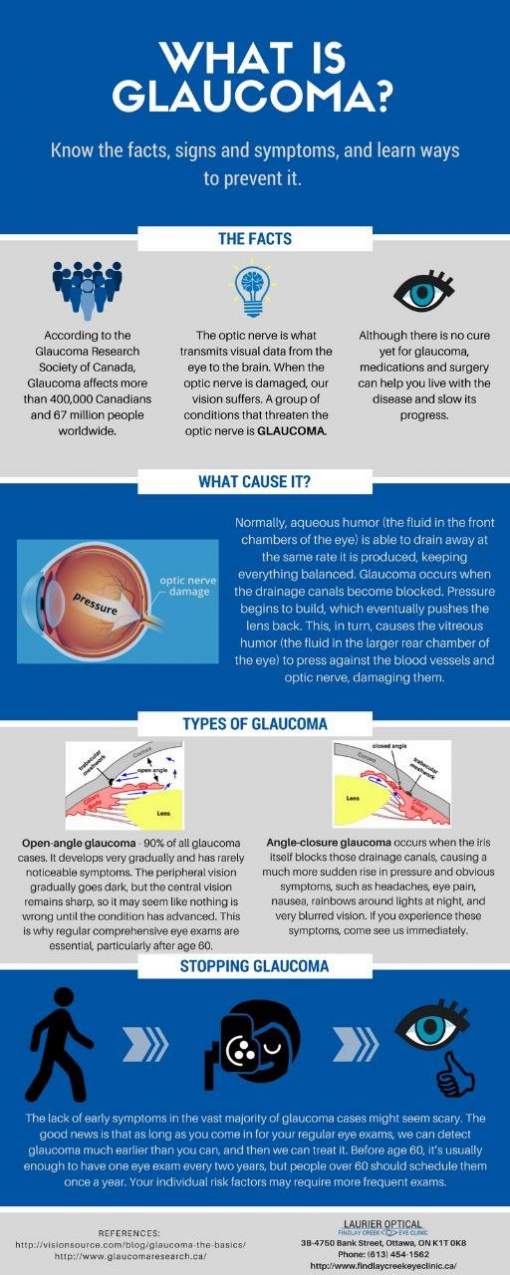The Ultimate Frequently Asked Question On Refractive Lens Exchange: Whatever You Required To Know
The Ultimate Frequently Asked Question On Refractive Lens Exchange: Whatever You Required To Know
Blog Article
Uploaded By-Ingram Huynh
If you're thinking about refractive lens exchange, you most likely have a lot of concerns. This treatment might change how you see the globe, using advantages like reduced reliance on glasses. Nevertheless, it's vital to recognize the process, threats, and who qualifies as a great prospect. Allow's explore these critical facets so you can make an educated choice regarding whether RLE is right for you.
What Is Refractive Lens Exchange and How Does It Function?
Refractive lens exchange (RLE) is a surgery developed to change your eye's natural lens with an artificial one, fixing vision problems like nearsightedness, farsightedness, or presbyopia.
During the procedure, your cosmetic surgeon makes a little laceration in the eye, removes your natural lens, and inserts an intraocular lens (IOL) customized to your vision requires. This outpatient surgical treatment typically takes around 15 to half an hour per eye and is executed under local anesthetic.
You'll likely discover renovations in your vision practically instantly, though full healing might take a couple of weeks. RLE is specifically valuable for those over 40 or with high prescriptions, supplying a long-lasting remedy contrasted to glasses or get in touch with lenses.
Your eye treatment professional can aid determine if RLE is right for you.
What Are the Perks and Dangers of Refractive Lens Exchange?
Selecting refractive lens exchange can lead to considerable improvements in your vision, however it's important to consider both the advantages and dangers before choosing.
On the bonus side, this treatment can improve your eyesight by dealing with issues like presbyopia, myopia, and hyperopia. Several clients delight in minimized dependancy on glasses or get in touch with lenses, which can substantially enhance their quality of life.
Nonetheless, it's essential to consider possible dangers. Issues can consist of infection, glare, or halos around lights.
There's additionally a chance of overcorrection or undercorrection, which may need additional procedures.
Who Is a Perfect Candidate for Refractive Lens Exchange?
If you're thinking about refractive lens exchange, it is very important to recognize whether you fit the profile of an optimal candidate. Generally, linked here may be a good candidate if you more than 40, experience presbyopia, or have high levels of nearsightedness or farsightedness.
It's likewise essential that your vision is stable, implying your prescription hasn't changed dramatically in the past year. If https://heike-effie.technetbloggers.de/from-professional-athletes-to-everyday-heroes-uncover-how-lasik-cosmetic-surgeons-are-changing-lives-in-unexpected-methods-could-you-be-following have cataracts or other eye conditions, you might benefit from this procedure as well.
However, certain variables, like unrestrained diabetic issues or autoimmune conditions, can invalidate you. To identify your candidacy, speak with an eye treatment professional that can evaluate your specific situation and advise the very best strategy tailored to your needs.
Final thought
In conclusion, refractive lens exchange can be a transformative alternative for boosting your vision, specifically if you more than 40 or have a high prescription. While the benefits are substantial, it's important to consider the risks and consult with your eye treatment expert to identify if you're a perfect candidate. With the appropriate information and assistance, you can make an informed choice and perhaps enjoy a life with decreased dependancy on glasses.
